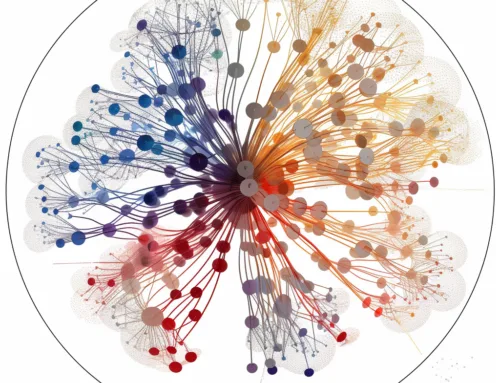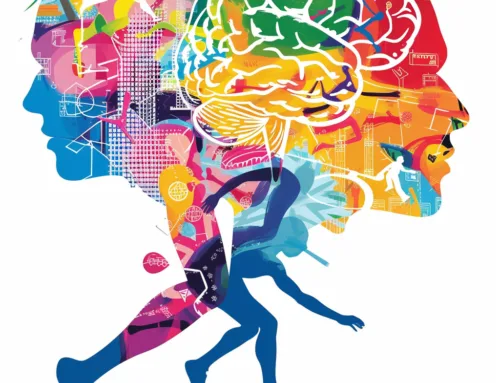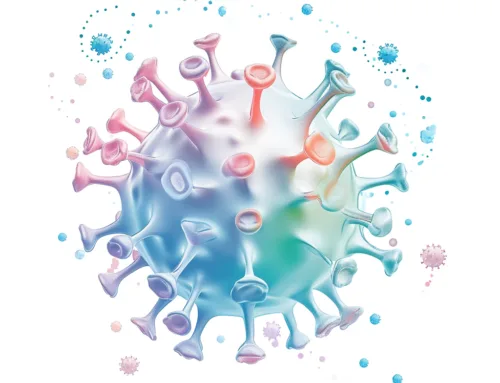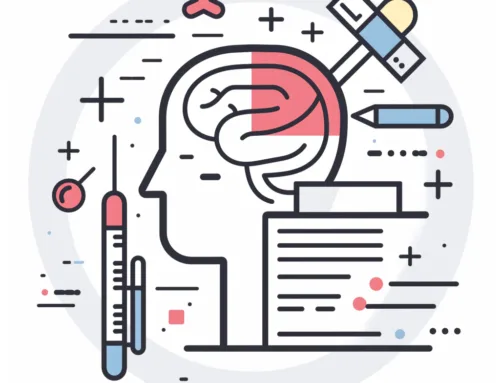TMS involves placing a magnetic coil against the scalp near the forehead. The electromagnetic coil generates brief magnetic pulses, which pass through the skull and induce small electrical currents that stimulate nerve cells in the targeted brain region. The stimulation aims to activate regions of the brain that have decreased activity in certain disorders.
FDA Clearance for TMS
The FDA’s clearance of TMS protocols marks a significant step in recognizing the procedure’s safety and efficacy for specific conditions. FDA clearance is based on substantial evidence from clinical trials demonstrating a device’s safety and effectiveness for a particular use.
Major FDA-Cleared TMS Protocols
Major Depressive Disorder (MDD):
The initial and most widely recognized FDA clearance for TMS came in 2008 for treating major depressive disorder (MDD) in adult patients who did not respond adequately to antidepressant medications. This protocol typically involves daily sessions over 4-6 weeks.
Obsessive-Compulsive Disorder (OCD):
In 2018, the FDA cleared a specific TMS device for treating OCD. This protocol involves a more targeted approach, stimulating areas of the brain associated with OCD symptoms.
Migraine Prevention:
TMS is also cleared for the preventive treatment of migraines. The FDA approved a device that patients can use at home for self-administered TMS to prevent migraine headaches, particularly those preceded by an aura.
Smoking Cessation:
Recently, TMS protocols have been explored for helping individuals quit smoking. The FDA has cleared TMS as an aid in reducing cravings and withdrawal symptoms, offering a new avenue for those struggling with tobacco addiction.
How TMS Protocols Work
The specifics of each TMS protocol, such as the frequency, intensity, and duration of the magnetic pulses, vary depending on the condition being treated. For example, the treatment protocol for depression typically involves high-frequency stimulation of the left dorsolateral prefrontal cortex, aiming to activate this brain region that’s often underactive in depressed individuals.
In contrast, the protocol for OCD may involve different frequencies or patterns of stimulation, targeting brain areas implicated in obsessive-compulsive behaviors. Each FDA-cleared protocol is based on extensive research and clinical trials that determine the most effective stimulation parameters for each condition.
Effectiveness and Considerations
Clinical trials have demonstrated the effectiveness of TMS in improving symptoms of the cleared conditions, offering hope to patients who have not found relief through traditional treatments. For instance, many patients with treatment-resistant depression experience significant improvement or remission of symptoms following a course of TMS therapy.
However, it’s important to note that TMS is not a cure-all and may not work for everyone. The effectiveness can vary based on individual factors, including the specific nature of the disorder and the patient’s overall health and response to previous treatments.
Safety and Side Effects
One of the reasons for the growing acceptance of TMS is its favorable safety profile. The most common side effects are mild to moderate and may include scalp discomfort during treatment, headache, lightheadedness, and tingling or spasms of facial muscles. These side effects are generally transient and diminish over time or with subsequent sessions.
Future Directions and Conclusion
The FDA’s clearance of TMS protocols has significantly impacted the treatment landscape for several psychiatric and neurological conditions. Ongoing research and clinical trials continue to explore new applications for TMS, including its potential use in treating anxiety disorders, PTSD, and chronic pain, among others.
As the body of evidence supporting TMS grows, it is likely that the range of FDA-cleared protocols will expand, offering new hope to patients seeking alternatives to traditional therapies. The non-invasive nature and favorable safety profile of TMS, combined with its effectiveness in treating certain conditions, make it a valuable tool in the field of mental health and neurology.
FDA-cleared protocols for TMS represent a significant advancement in non-invasive therapeutic options for patients with treatment-resistant conditions. As research progresses, the potential for TMS to treat a broader spectrum of disorders is promising, making it a critical area of focus in the pursuit of innovative and effective medical treatments.
Contact us today for a free consultation
Phone: 949-776-5103 or
Email: [email protected]









